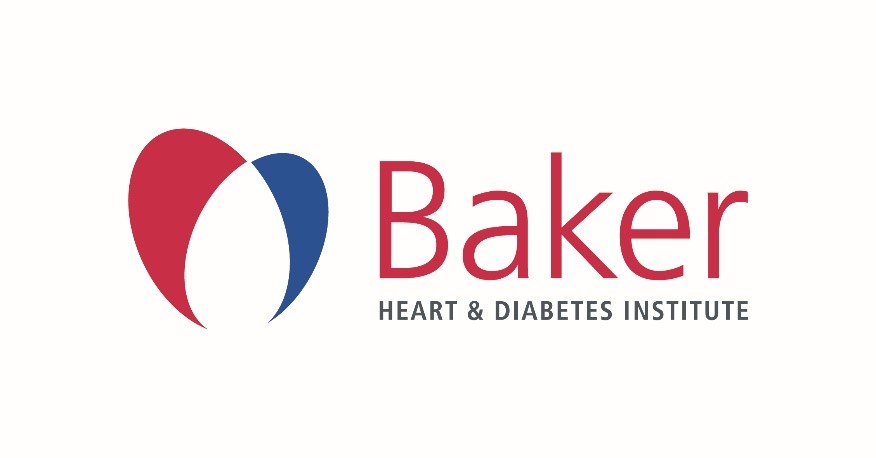Dairy Product Consumption and Incident Prediabetes in the Australian Diabetes, Obesity, and Lifestyle Study With 12 Years of Follow-Up.
Isabel Al Slurink; Lei Chen; Dianna J Magliano; Nina Kupper; Tom Smeets; Sabita S Soedamah-Muthu
Abstract
Investigating modifiable risk factors for the early stages of the development of type 2 diabetes is essential for effective prevention. Some studies show protective associations between dairy and prediabetes; however, associations are heterogeneous by the type and fat content of dairy foods.To examine the relationship between the consumption of dairy, including different types of dairy products and risk of prediabetes.The study included 4891 participants with normal glucose tolerance (aged 49.0 ± 12.3 y, 57% female) of the Australian Diabetes, Obesity, and Lifestyle (AusDiab) study, a longitudinal population-based study. Dairy intake was measured at baseline using a food frequency questionnaire. Prediabetes at the 5-y and 12-y follow-ups was defined according to the WHO criteria as fasting plasma glucose levels of 110-125 mg/dL or 2-h plasma glucose levels of 140-199 mg/dL. Associations were analyzed using Poisson regression, adjusted for social demographics, lifestyle behaviors, a family history of diabetes, and food group intake.In total, 765 (15.6%) incident cases of prediabetes were observed. The mean intake of dairy foods was 2.4 ± 1.2 servings/d, mostly consisting of low-fat milk (0.70 ± 0.78 servings/d) and high-fat milk (0.47 ± 0.72 servings/d). A higher intake of high-fat dairy (RR: 0.92; 95% CI: 0.85, 1.00), high-fat milk (0.89; 95% CI: 0.80, 0.99), and total cheese (0.74; 95% CI: 0.56, 0.96) was associated with a lower risk of prediabetes. Low-fat milk intake was associated nonlinearly with prediabetes risk. Low-fat dairy foods, total milk, yogurt, low-fat cheese, and ice cream were not associated with prediabetes risk.servings/dIn this large Australian cohort, protective associations were found for high-fat dairy types, whereas neutral associations were seen for low-fat dairy types. Studies with more detail on sugar content of types of dairy foods and products eaten with dairy foods (e.g., cereals or jam), and studies into potential causal mechanisms of the health effects of dairy intake are required.
| Journal | |
| ISSN | 1541-6100 |
| Published | 31 Mar 2023 |
| Volume | |
| Issue | |
| Pages | |
| DOI | 10.1016/j.tjnut.2023.03.032 |
| Type | Journal Article |
| Sponsorship |


